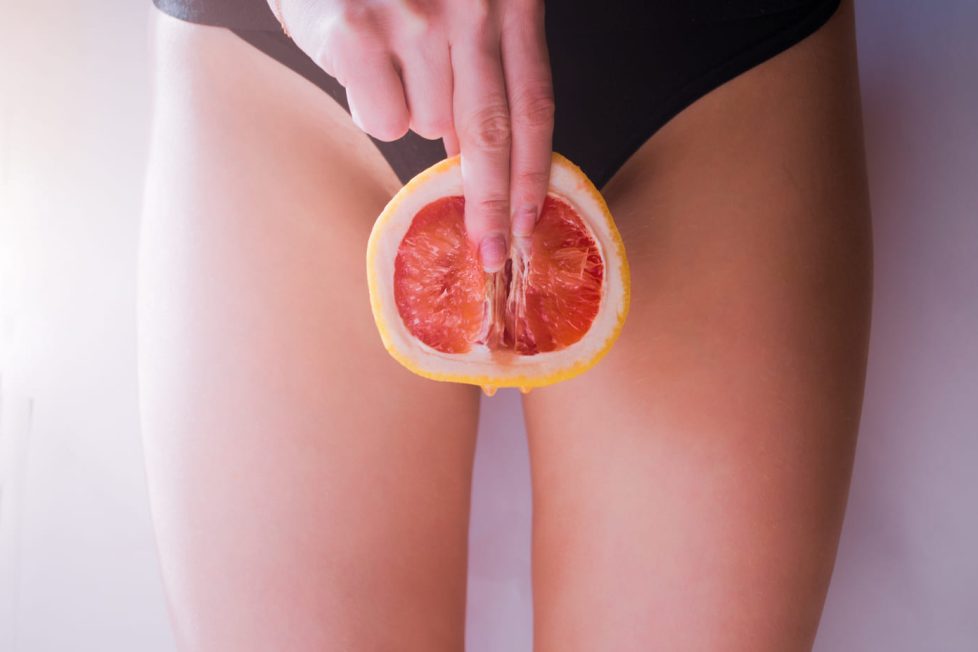How to find the G-spot
The G-spot exists, and touching it the right way really can increase sexual pleasure and make orgasms more intense.

The G-spot exists, and touching it the right way really can increase sexual pleasure and make orgasms more intense.

You’ve probably heard of the G-spot, along with how it’s the “key” to achieving an earth-shattering vaginal orgasm. But is it real? Honestly, discover it can be complicated.
You need to know that the G spot isn’t a separate spot in your vagina, but it is part of your clitoral network. This means that when you’re stimulating the G spot, you’re actually stimulating part of the clitoris, which is much larger than we’re led to believe. Turns out, the pea-sized nub where the inner labia meet is actually only the tip of the clitoris and divides into two “roots” that can be about four inches long.
Plus, this region can vary from woman to woman which explains why it can often be difficult to locate. However, once it’s stimulated, the G spot can cause female orgasms can help reduce stress, improve your skin, and make you feel, well, great. However, for many women, orgasms — especially those achieved through penetration — can be just as elusive as the mysterious G spot.
It’s relatively uncommon for women to orgasm through intercourse alone. In fact, according to a 2017 study, only about 18 percent of women achieve orgasm through penetration alone — meaning no hands, mouth, or toys needed. More often than not, clitoral stimulation is required, or at least beneficial, when it comes to orgasming during sex. However, even if you haven’t experienced a vaginal orgasm, that doesn’t mean it’s impossible. Some believe that the G spot may be the key to women achieving orgasm during penetration.

Finding the G spot can be difficult, especially since it’s not actually on any map of the human body. That doesn’t mean it’s impossible. Instead of searching for it during partnered sexual activity, it’s easier to locate the G spot through self-exploration. If you’re looking to find your G spot, start by relaxing. As you begin to explore your body, do what feels best to you. When you’re ready, begin massaging the opening to your vagina before inserting your fingers or a sex toy.
The G-spot can be found along the inner front wall of the vagina—the top wall if a woman is laying on her back. It’s a few inches up, about a third of the way, although it varies from person to person. Every woman is built relatively the same, but our anatomies can be different depending on our age, how many babies we’ve had, and our genetics. For some women, the G-spot is a bit higher, while for others it may be a closer to the vaginal opening.
A woman may be able to feel out her own G-spot by hand, by exploring the upper, inner wall of her vagina with a finger or two. It feels a bit rougher, kind of like an orange peel, and sometimes it can be pulled back in thefold of the vaginal canal, so you might have to fish around a bit to find it.
If you’re on the hunt for your G-spot and then start to feel uncomfortable stroking or pressing on the anterior wall, or you suddenly feel an urgent need to urinate, don’t panic; it’s actually normal. Meanwhile, some women touching this area won’t feel anything at all.
The G-spot may be easier to pinpoint with erotic toys that are angled upward and designed to (literally) hit the spot. Certain sexual positions, like having a woman on top at a 45-degree angle, can also help. It can be hard to reach it yourself, so we would encourage women to also experiment with toys and with their partners.
Some studies have described the G-spot as a “female prostate,” suggesting that the area may be similar in structure and function to the male organ located between the penis and the bladder. One comparison often made is that both spots—the G-spot in women and the prostate in men—can trigger or contribute to orgasm when stimulated. There’s another notable similarity between men’s and women’s anatomy in this area, as well.
The region often described as the G-spot or G-zone includes two small structures called Skene’s glands. These glands produce a fluid that helps lubricate the female urethra, and are thought to have some of the same components as the male prostate. For some women, stimulation of the G-spot can cause a release of fluids, a phenomenon sometimes known as female ejaculation.
Although it hasn’t been proven, some experts think those Skene’s glands play a role here as well. Upward pressure on the upper curved wall of the vagina puts pressure on these glandswhich can result in secretion of fluid that resembles semen.
